#artist is john everett
Explore tagged Tumblr posts
Text
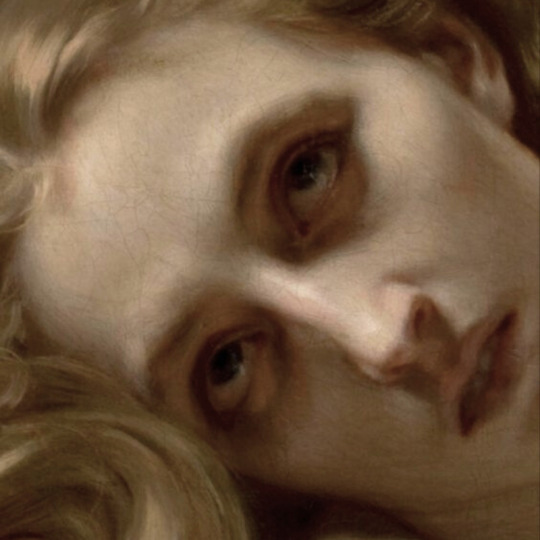
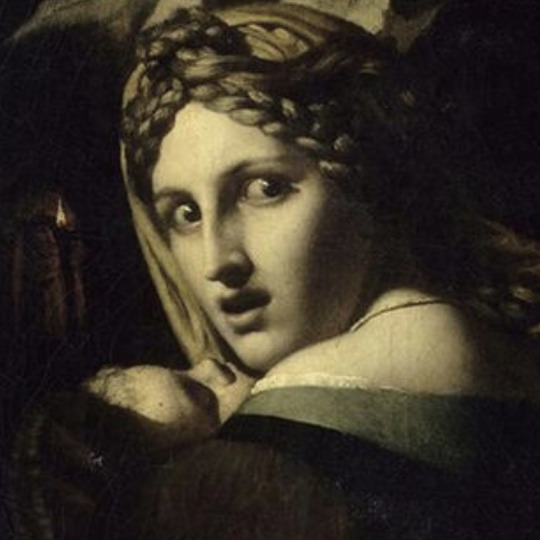
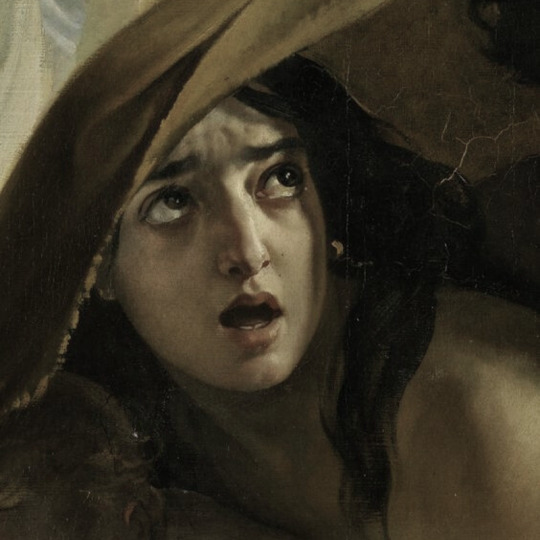
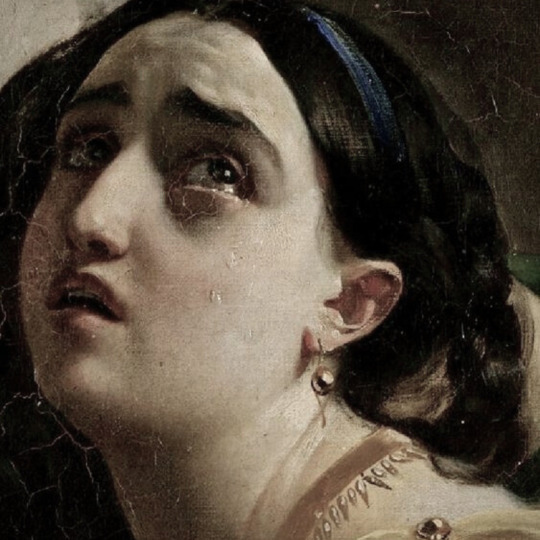
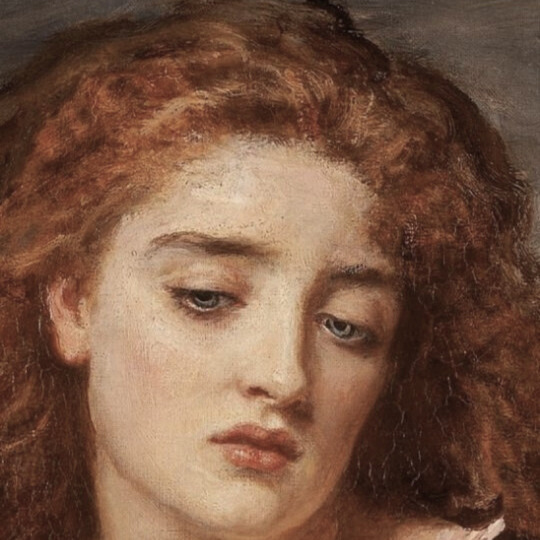
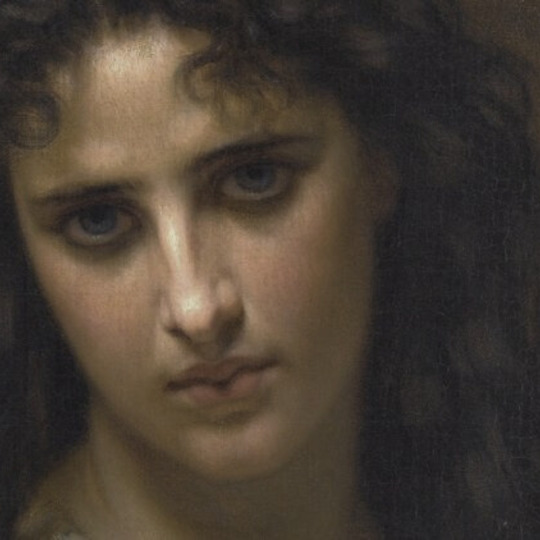


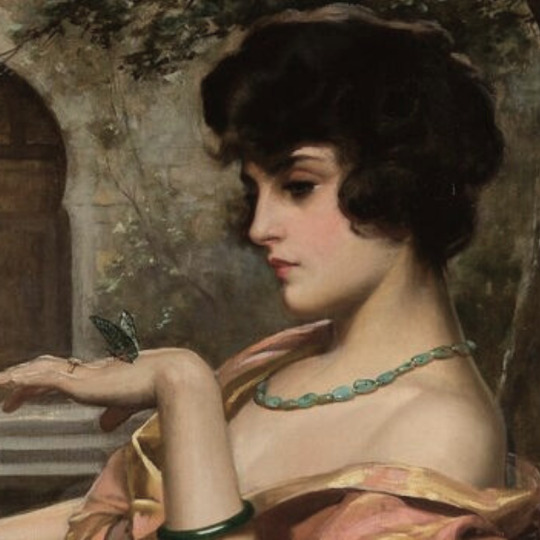

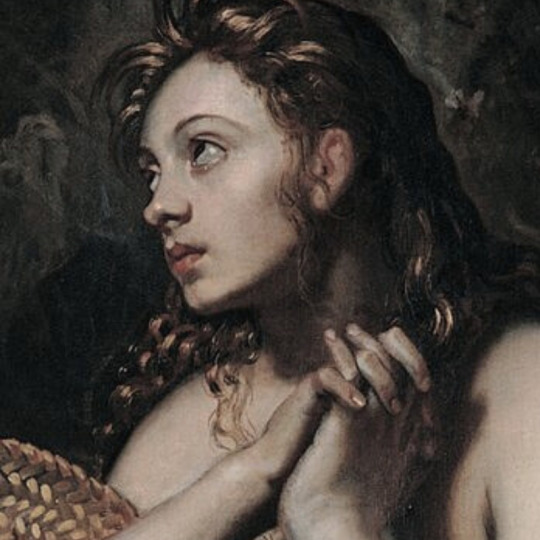

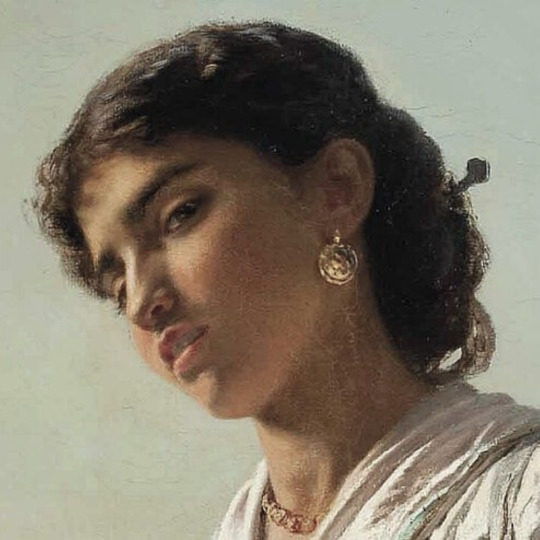

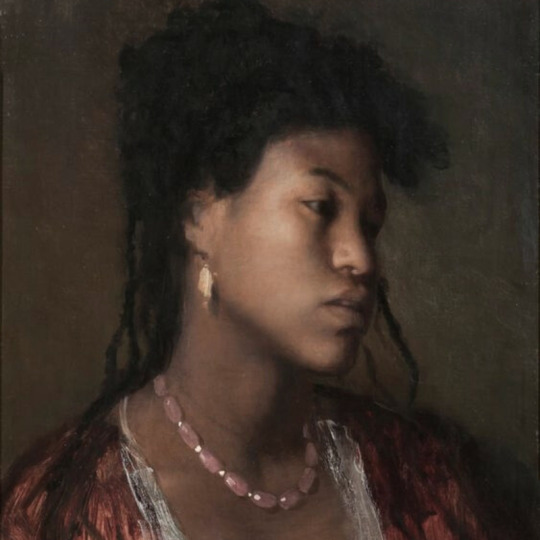
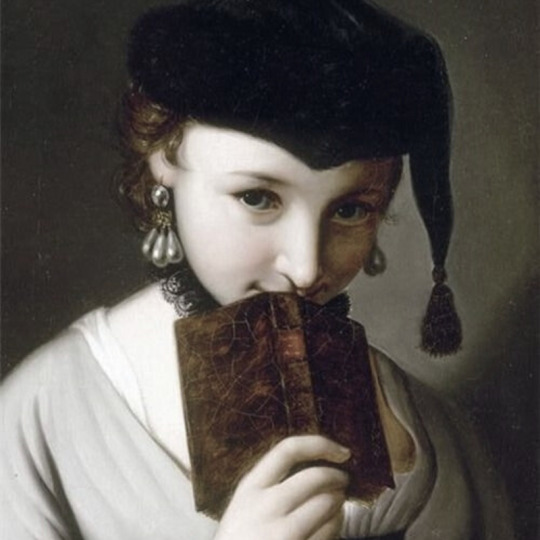
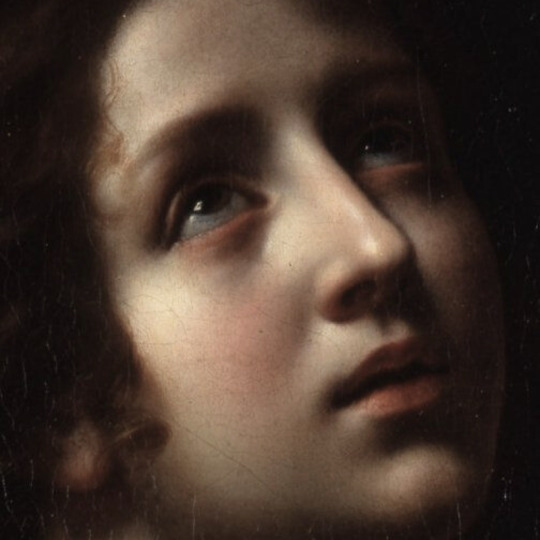
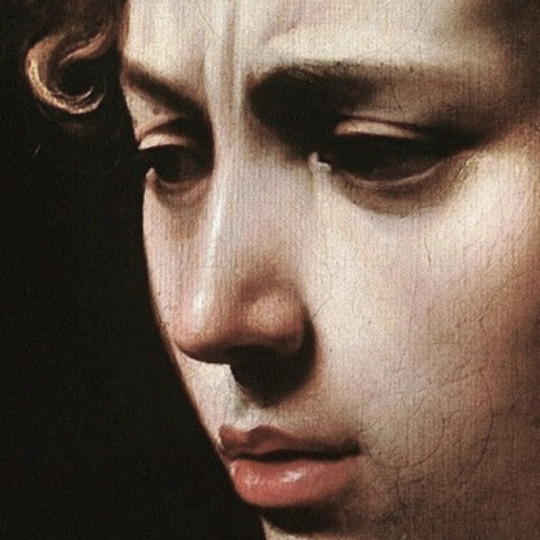
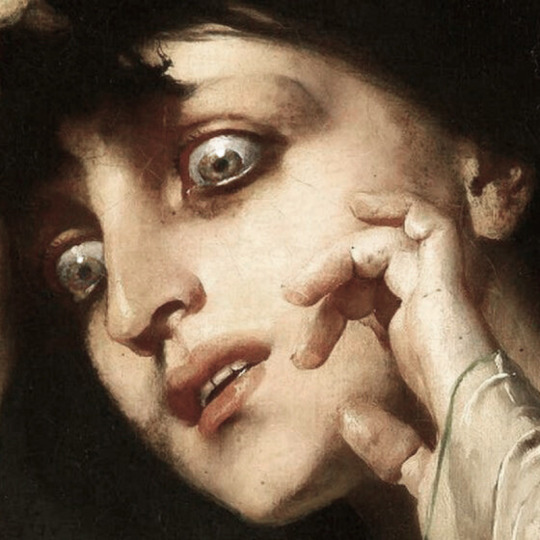

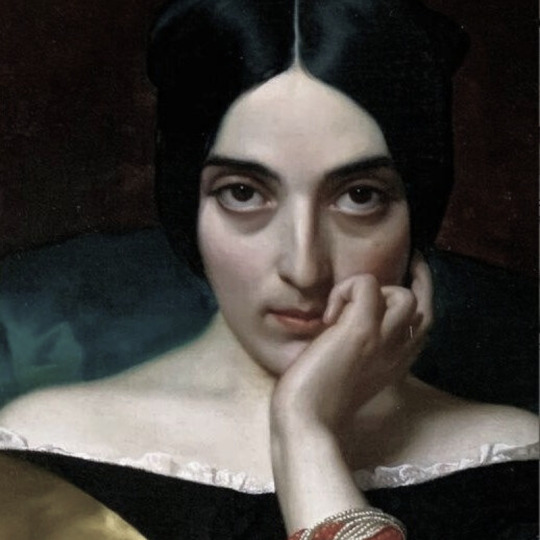
it's all in the eyes
#artist is hughes georges merle#artist is august wilhelm sievert#artist is karl brioullov#also by karl brioullov#artist is john everett#also by hughes merle#artist is ary scheffer#artist is paul hippolyte delaroche#artist is harold h piffard#artist is cesare saccaggi#artist is tintoretto#artist is frederick sandys#artist is sophie anderson#artist is unknown#artist is leopold carl muller#artist is pietro antonio rotari#artist is carlo dolci#artist is caravaggio#artist is jeno gyarfas#artist is jean-baptiste greuze#artist is henri lehmann#art history#art#artedit
5K notes
·
View notes
Text

In the back of my mind, it’s always there
#mouthwashing#mouthwashing fanart#anya mouthwashing#mouthwashing anya#dead pixel#anya#art#artists on tumblr#digital art#fanart#ophelia#ophelia john everett millais
673 notes
·
View notes
Text

John Everett Millais (1829-1896) "The Grey Lady" (1883) Oil on canvas Pre-Raphaelite
#paintings#art#artwork#painting#interior#john everett millais#oil on canvas#fine art#english artist#british artist#pre raphaelite#pre raphaelism#ghost#ghosts#haunt#haunted#haunting#halloween#october#1880s#late 1800s#late 19th century
113 notes
·
View notes
Text

Christmas Eve by John Everett Millais, 1887
40 notes
·
View notes
Text
Elizabeth Siddal & Jane Morris
Pre-Raphaelite models as artists in their own right


Photographs of Elizabeth Siddal (left) and Jane Morris (right)
Elizabeth Siddal and Jane Morris are mostly known as artists' models for the Pre-Raphaelite Brotherhood, representing the ideal of feminine beauty for the movement.

Elizabeth Siddal famously modelled for John Everett Millais's Ophelia (1852)


Jane Morris in paintings by Dante Gabriel Rossetti: Proserpine (1874) + The Daydream (1880)
But both women were also artists themselves.
Elizabeth Siddal
In the paintings and drawings she modelled for, Siddal is never depicted as looking directly at the viewer. Instead, she is languid and lovely, gazing off dreamily into the distance or closing her eyes, like in the examples below.


Elizabeth Siddal in paintings by Dante Gabriel Rossetti: Regina Cordium (1860) + Beata Beatrix (1870)
Her self-portrait, however, presents a fascinating contrast.

Elizabeth Siddal's self-portrait (1854)
Her expression is stony and her gaze is direct. She knows you're looking, and she's looking right back. It reminds me of the Agnès Varda quote,
“The first feminist gesture is to say: OK, they're looking at me. But I'm looking at them.”
Here are some more of Siddal's own paintings below.
Her style is distinct and striking.




Lady Clare (1857), The Quest of the Holy Grail (1855), Clerk Saunders (1857), Holy Family (1856)
Jane Morris
Jane Morris was not a painter herself, but an embroiderer, bookbinder, and calligrapher.
She came from a working-class background and only received an artistic education as an adult, after she married William Morris.
Unfortunately, not much of her work survives, or can be definitively attributed to her, but the two floral patterns below reveal her skill with the needle.


#pre-raphaelite art#pre-raphaelite#pre raphaelite#jane morris#elizabeth siddal#19th century art#victorian era#pre raphaelism#women's history#women artists#women's art#art history#embroidery#textiles#dante gabriel rossetti#john everett millais#preraphaelite#long post#depictions of women
45 notes
·
View notes
Text

20 notes
·
View notes
Text
John Everett Millais, Portrait of a Girl (Sophie Gray) 1857

10 notes
·
View notes
Text

Cherry Ripe
Sir John Everett Millais
1879
8 notes
·
View notes
Text
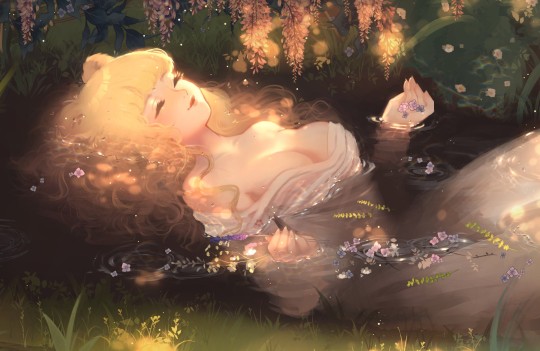
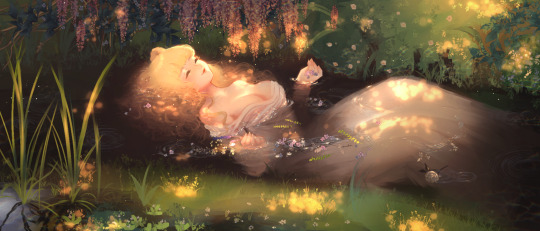

Probably my biggest illustration 🌱
#illustration#digital art#artwork#art#artists on tumblr#renaissance#renaissance art#renaissance painting#john everett millais#ophelia#character art#commission#digital#cottagecore#cottage aesthetic#fairy cottage
75 notes
·
View notes
Text

A Huguenot, on St. Bartholomew's Day, Refusing to Shield Himself from Danger by Wearing the Roman Catholic Badge
John Everett Millais
1852
#apisceslearnsart#art#artblr#art blog#artists on tumblr#John Everett Millais#Huguenot#catholic#Roman catholic#protestent#romance#1852#lovers
6 notes
·
View notes
Text
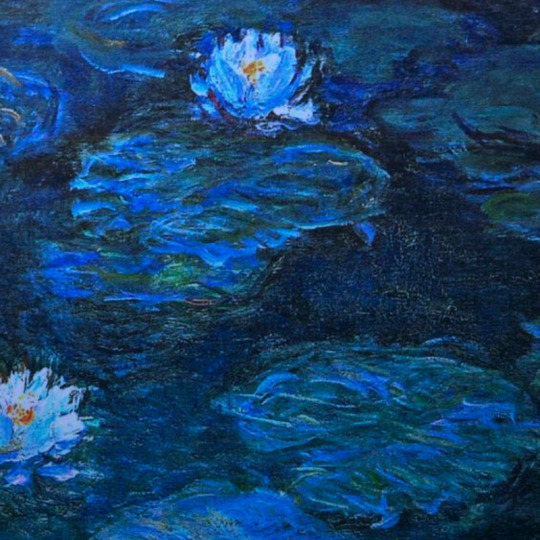



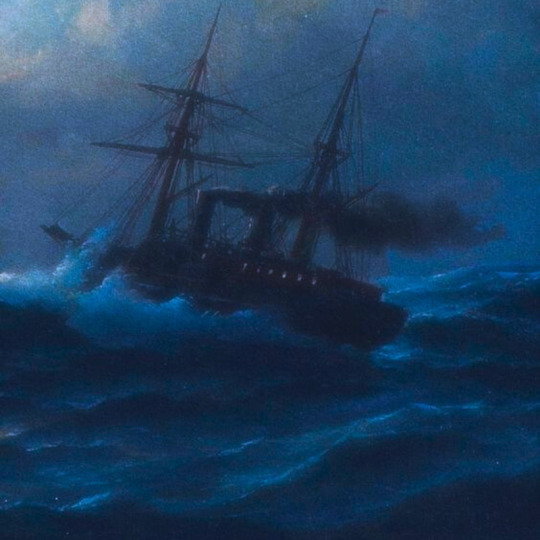


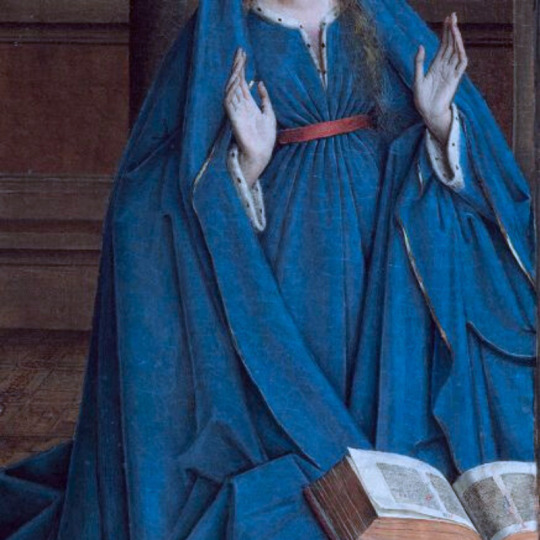

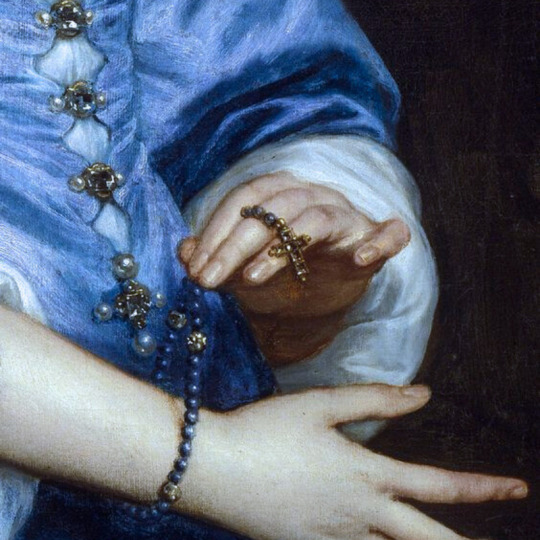


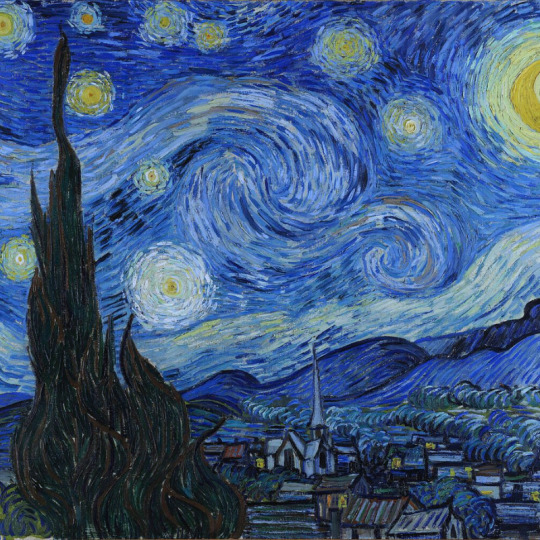




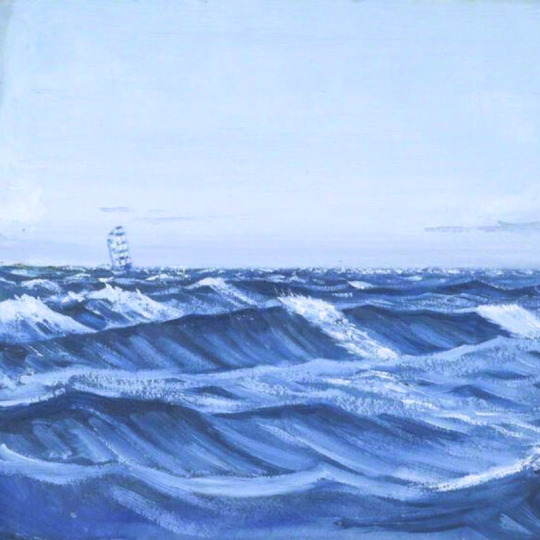
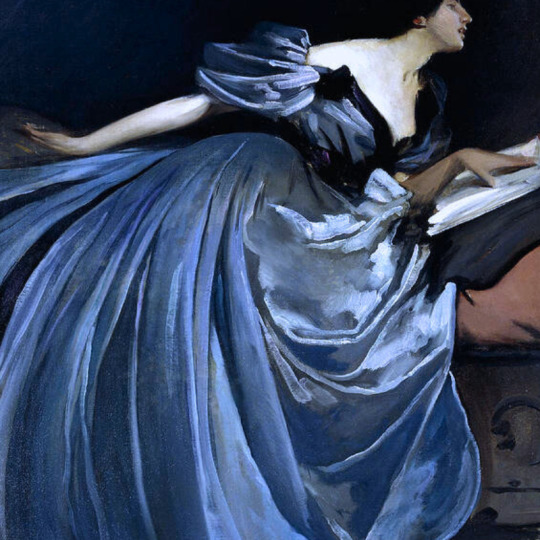


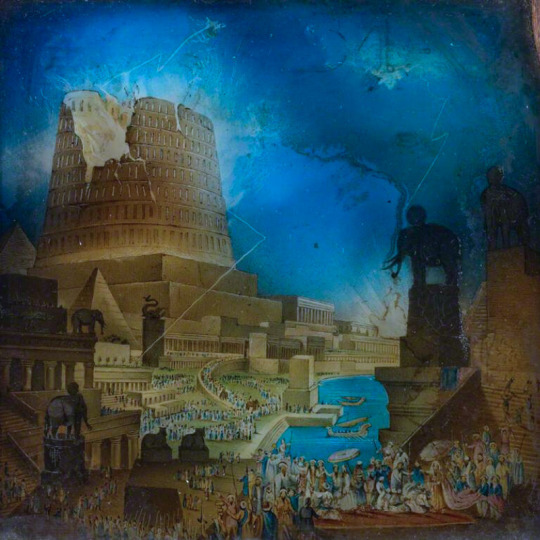
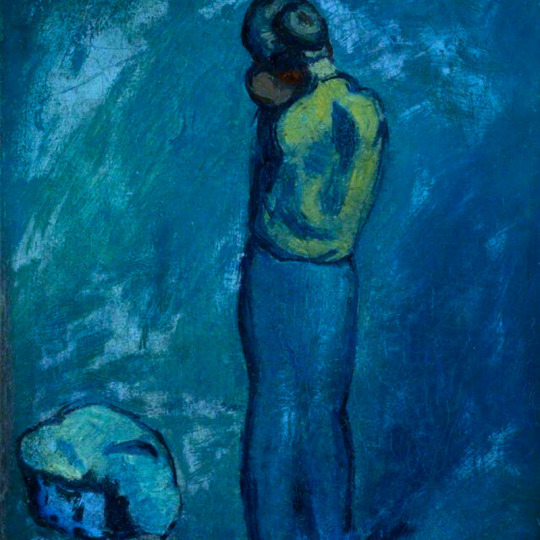

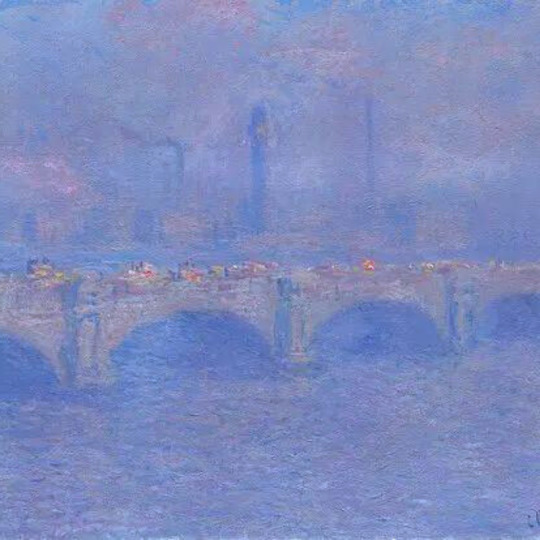


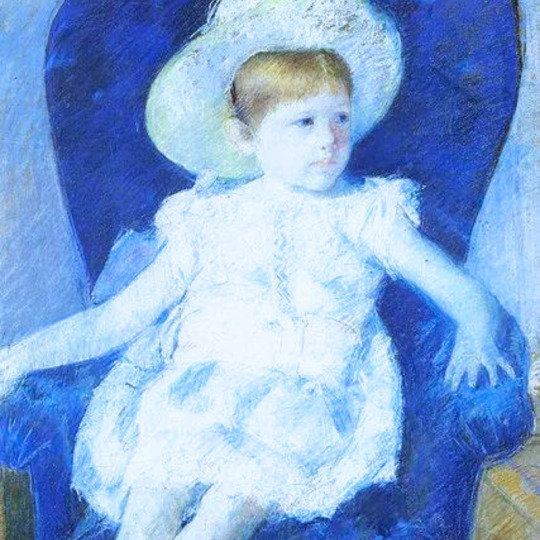
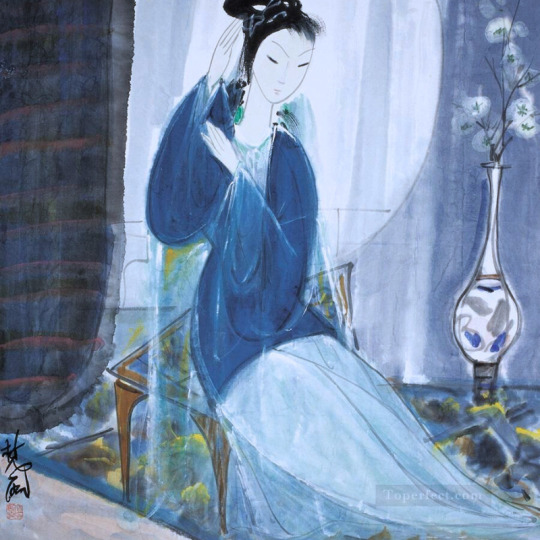
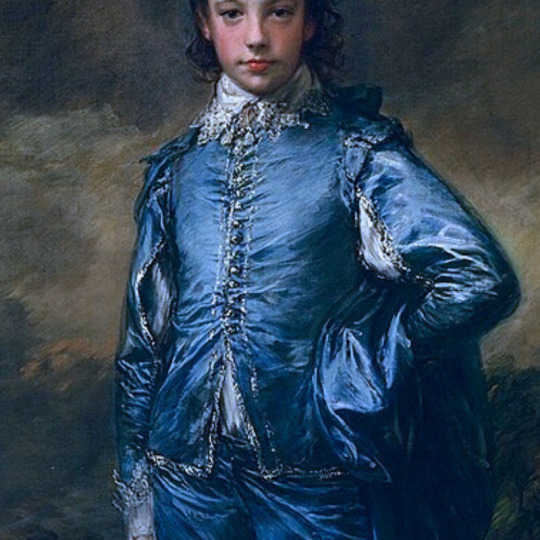
blue + art
#artist is claude monet#artist is montague dawnson#cant find artist#artist is pablo picasso#artist is carl bille#artist is thomas hudson#artist is lenoardo da vinci#artist is jan van eyck#artist is giovanni battista tiepolo#-artist is jan van eyck#i know its from a portrait of madame de pomadour but cant find the artist#starry night by van gogh#-artist is pablo picasso#artist is francesco di stefano posellino#artist is dante gabriel rossetti#artist is anne redpath#artist is john everett#--artist is john white alexander#artist is claudia williams#artist is girolamo genga#unknown artist#artist is pablo picasso-#artist is marc chagall#artist is claude monet-#artist is henri matisse#artist is vassily kandinsky#artist is mary cassatt#artist is lin fengmian#artist is thomas gainsborough#art
662 notes
·
View notes
Text

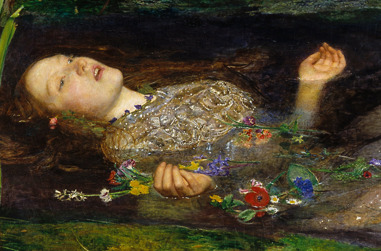
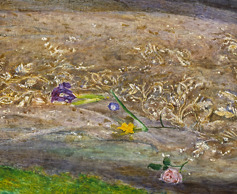
134. Funeral - Ghost Bath (DSBM/Post-Black Metal, 2014)
Art by John Everett Millais: "Ophelia", 1851 - 1852
It depicts Ophelia, a character from William Shakespeare's play Hamlet, singing before she drowns in a river.
Millais’s model for the painting was a young woman aged nineteen called Elizabeth Siddall. To create the effect of Elizabeth pretending to be Ophelia drowning in the river, she posed for Millais in a bath full of water. To keep the water warm some oil lamps were placed underneath.
While posing, Elizabeth wore a very fine silver embroidered dress bought by Millais from a second-hand shop for four pounds.
#metal#dsbm#black metal#art#artwork#music#painting#heavy music#artist#cover art#heavy#john everett millais#ophelia#ghost bath#drown#river#shakespeare#hamlet#oil painting#oil on canvas
125 notes
·
View notes
Text
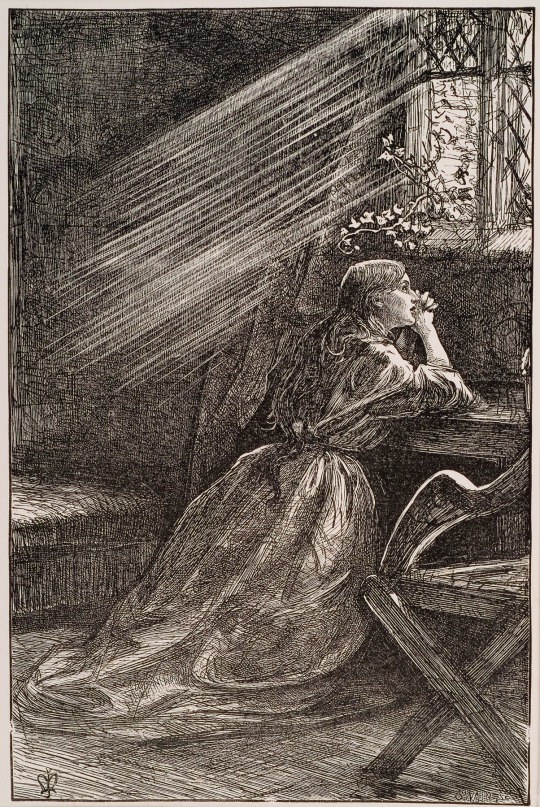
Sir John Everett Millais - Irené (1862)
#art#artistic#artwork#painting#john everett millais#pre raphaelitism#pre raphaelite brotherhood#illustrations
32 notes
·
View notes
Text
✦˖° @asurastro sulking sulkers sulk !!!
ᯓ💜˖° Oh. Well. That’s not quite the answer Ophelia wanted to hear … but, that’s exactly why she went to Rex, right? He’d tell her the hard truth with no sickly sweet sugar to swallow. Despite that, it still didn’t sit right with her. She frowned and blew a disgruntled raspberry.

“Ew.”
That was all Ophelia could say at first. The whole thing itched at her skin. Encore after encore after encore after encore—
“What do you do to not let it sweep you off your feet again?” She suddenly asked. “It’s so nice at first. But then it’s too much, even though I like it sometimes.”
The ‘it’ remained unspoken. All that everything and nothing, twisted in an overwhelming overstimulation of love and hate; the spotlight and the shadows; worship and condemnation.

“Is it ... okay to like it sometimes?”
#ᯓ💜˖° ophelia . ic#asurastro#//ophelia is about to live up to her namesake and go float in a pond a la the 1851-1852 painting by british artist sir john everett millais#//she asks if rex would like to join.
6 notes
·
View notes
Text
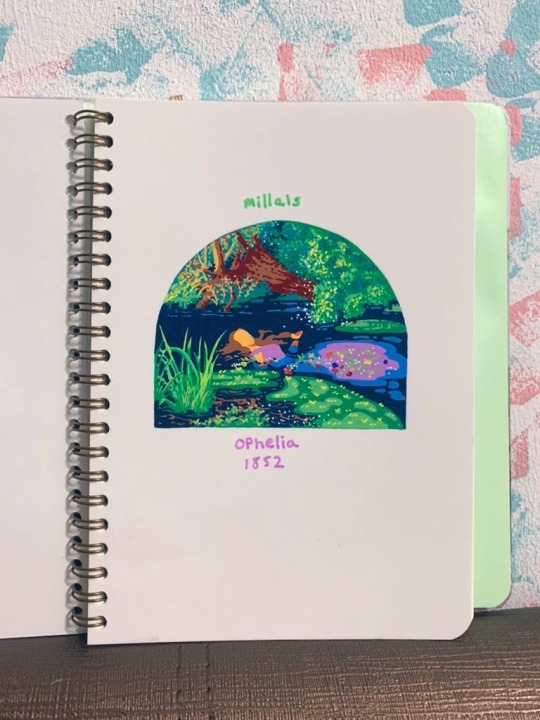
New year, new addition to my new little sketchbook 🫶🏻🥹
For progress video do pop by my Instagram✨
#toydreamer#art#artists on tumblr#poscamarkers#poscaart#posca illustration#john everett millais#ophelia#sketchbook#happy new year#illustration
39 notes
·
View notes
Text
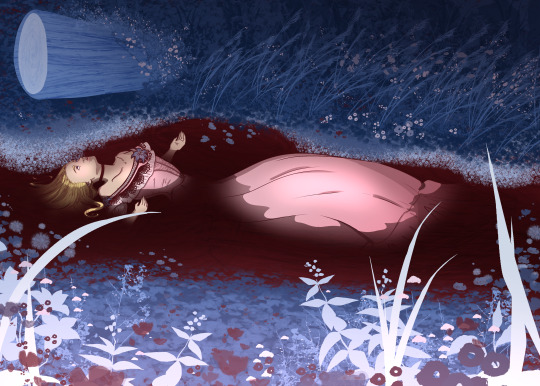
couldn't sleep, hyperfixated on drawing my new vampire character as Ophelia
(her whole vibe is kinda like...decadence has the root word decay, and my brain apparently defaulted to: Ophelia?)
#artist#artists on tumblr#digital artist#oc artist#dndoc#digital painting#vampire theme#vampire the masquerade#vampire the requiem#vampirism#vampire#vtm#vtm oc#vtr#toreador#ophelia#ophelia shakespeare#ophelia John Everett Millais#John Everett Millais
38 notes
·
View notes